To tell the origin story of kayak fishing, look back to 1999. Andy Zimmerman, owner of Wilderness Systems, was approached by Jimbo Meador, fishing guide to presidents and stars. The two eventually teamed up to launch Native Watercraft, source of some of kayak fishing’s best design ideas. This is the inside story of the innovative, influential kayak makers.
The Launch of Native Watercraft
As Zimmerman tells the story, Meador said, in a southern drawl thick as molasses, “I think kayak fishing is going to be big.” The statement caught Zimmerman’s attention. “I said tell me more,” Zimmerman recalls.
Meador didn’t hesitate. He told Zimmerman he wanted to stand and fish out of a kayak. “That was before anyone had even thought about it,” Zimmerman says.
The idea led to the Wilderness Systems Ride: one of the first tunnel hulls with an emphasis on stability and standup fishing. “Jimbo put me on the map with the Ride,” Zimmerman says.
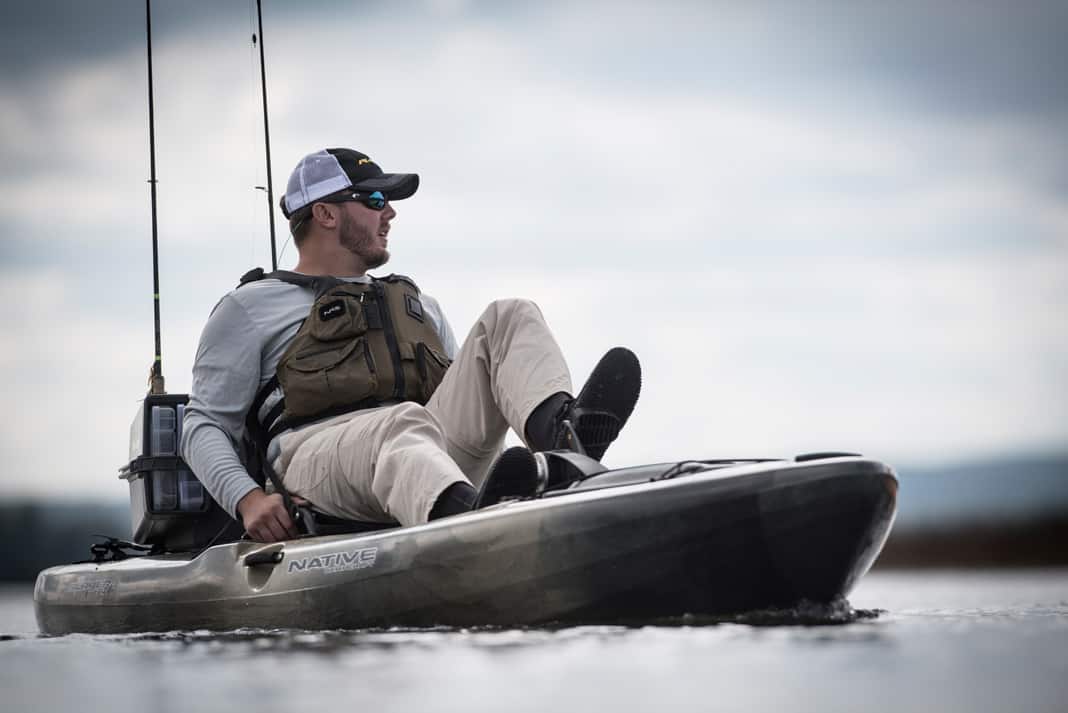
Ultimate in Utility and Comfort
Fast forward to 2005 and the birth of Zimmerman and Meador’s collaboration: Native Watercraft. Zimmerman focused his designer’s eye on kayak fishing. Native was dedicated to making stable, utilitarian and comfortable boats; innovation was the mantra. “I didn’t want to make just another me-too product,” Zimmerman says.
Zimmerman hired Meador, and together they designed the Ultimate, an open-cockpit canoe and kayak hybrid. After 15 years, the boat is still in Native’s line-up. “It was the ultimate to stand in. Now everyone is doing it,” Zimmerman says.
They introduced the first version of the Ultimate at the Canoecopia consumer show and quickly sold 28 boats that weekend. It was a marvelous start, although paddlers weren’t sure what to call it. “They’d ask, ‘What is it, a canoe or a kayak?’ I’d say yes,” Zimmerman jokes. “We took inspiration from both craft.”
The Ultimate was the first boat to boast a removable, frame seat. An elevated seat pan keeps the angler’s butt off the deck and allows feet to be lower than hips, in a natural seated position. Native gambled on anglers preferring comfort over performance and now the concept has spread like wildfire through the industry.
“Between the frame seat and the suspended mesh we changed the game for ergonomics and comfort in kayaks,” Zimmerman says.
Early in the Ultimate’s history, Native introduced the Adapt-A-Track accessory mounting system, another industry first. “We had spray skirts that could pop on the tracks, cup holders, paddle holders that would clip in,” Zimmerman says.
Native was First with Reverse
From Native’s beginnings, Zimmerman had his sights set on fielding a pedal drive, the first to challenge Hobie’s 1997 creation. “At first I turned my nose up to it, but later said ‘Boy, was I wrong,’” he recalls. “They had zero competition.”
Zimmerman wondered what he could do to make the system better. “Reverse was the first improvement,” he says. “Also, I don’t like oscillating, I like pedalling like a bicycle.”
Zimmerman put two and two together and realized turning a propeller would give the system reverse. “That’s how we got the slogan, ‘First with reverse.’”
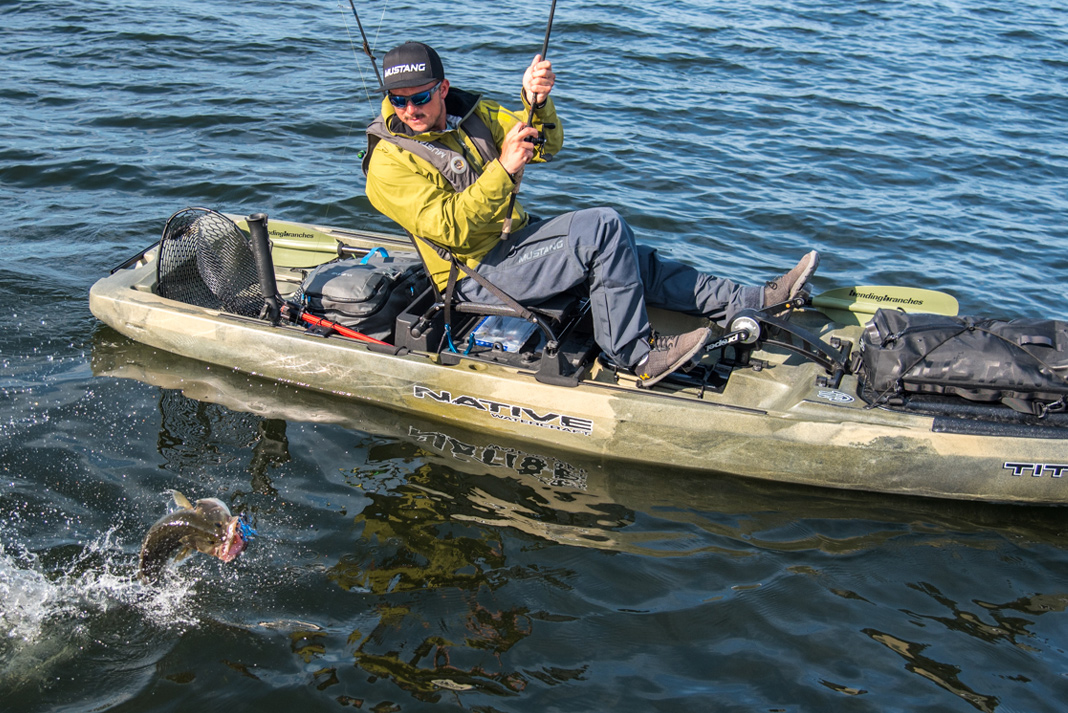
Zimmerman says the 2009 introduction of the Propel Drive pushed Native to new heights. “I think it was huge,” he says. “Fishermen knew we were serious.”
The company website put fishing first. “That focus validated us to be the authority,” Zimmerman says.
Still Pushing Boundaries
Not all of Native’s innovations were big hits. Remember Tegris? The material was made by exerting a million pounds of pressure to compress 18 layers of soft fabric down to the thickness and rigidity of fiberglass. The process made expensive, lightweight kayaks. “It was an amazing product but a big challenge for manufacturing,” Zimmerman says. “People could lift the kayak overhead with one arm, but we never made money on the product.”
Another flop was the Volt electric drive. “We were before our time, and the outdoor shops weren’t prepared to register boats for consumers,” Zimmerman says.
Zimmerman left Native in 2011 to become a commercial real estate developer, but he keeps his hand in the industry through Velocity, his product development company. Zimmerman’s latest creations include Blue Sky Boatworks 360º and Jackson Kayak’s Flex Drive.
And Native Watercraft? It is still a fishing-first company. Today, they have a full line of Propel pedal-driven models. And so many kayak fishing firsts are attributed to the little company that could.
This article was first published in the Winter 2019 issue of Kayak Angler. Subscribe to Kayak Angler Magazine’s print and digital editions, or browse the archives.
Never afraid to innovate, Native Watercraft had the courage to build big boy kayaks before it was cool. | Feature photo: Courtesy Native Watercraft

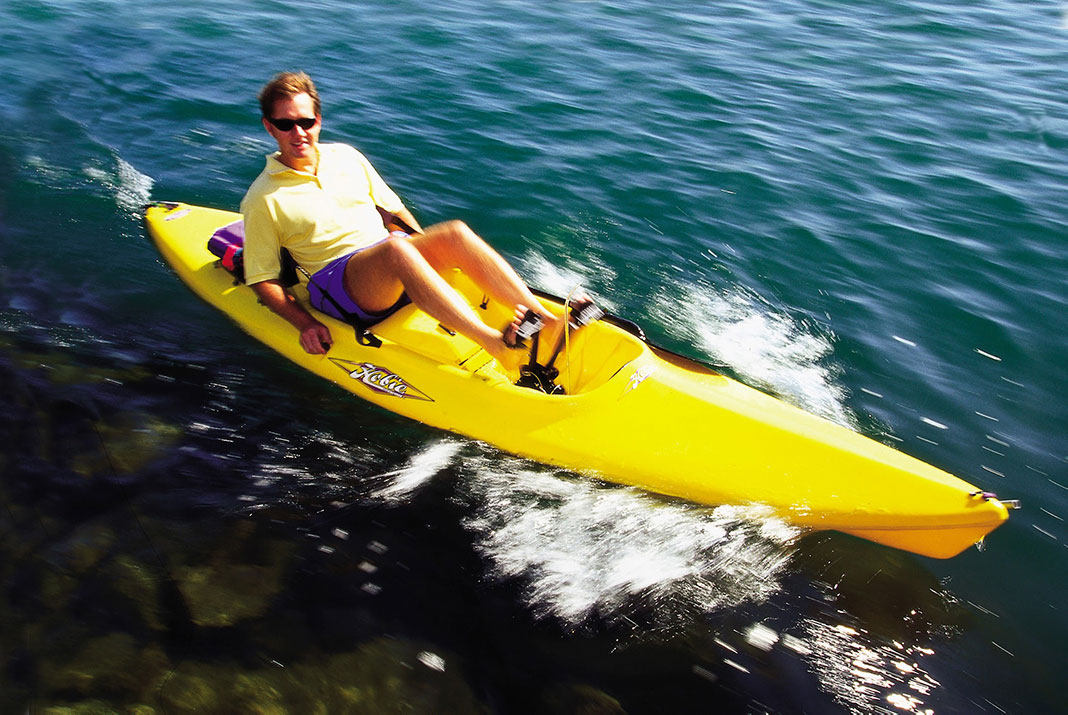
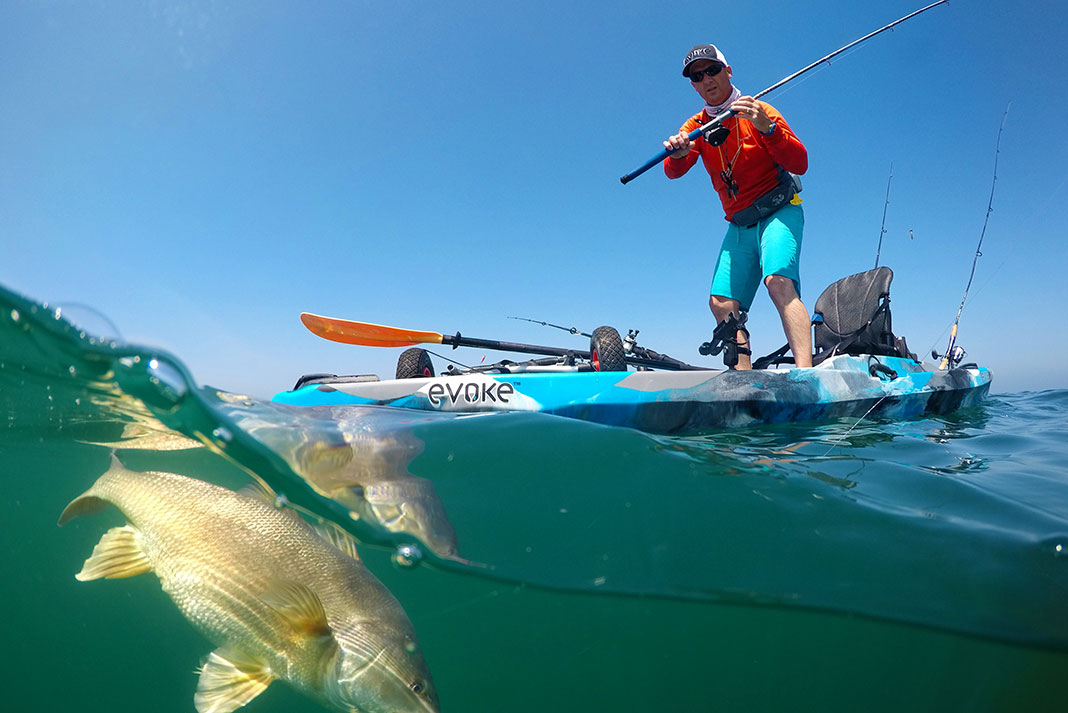
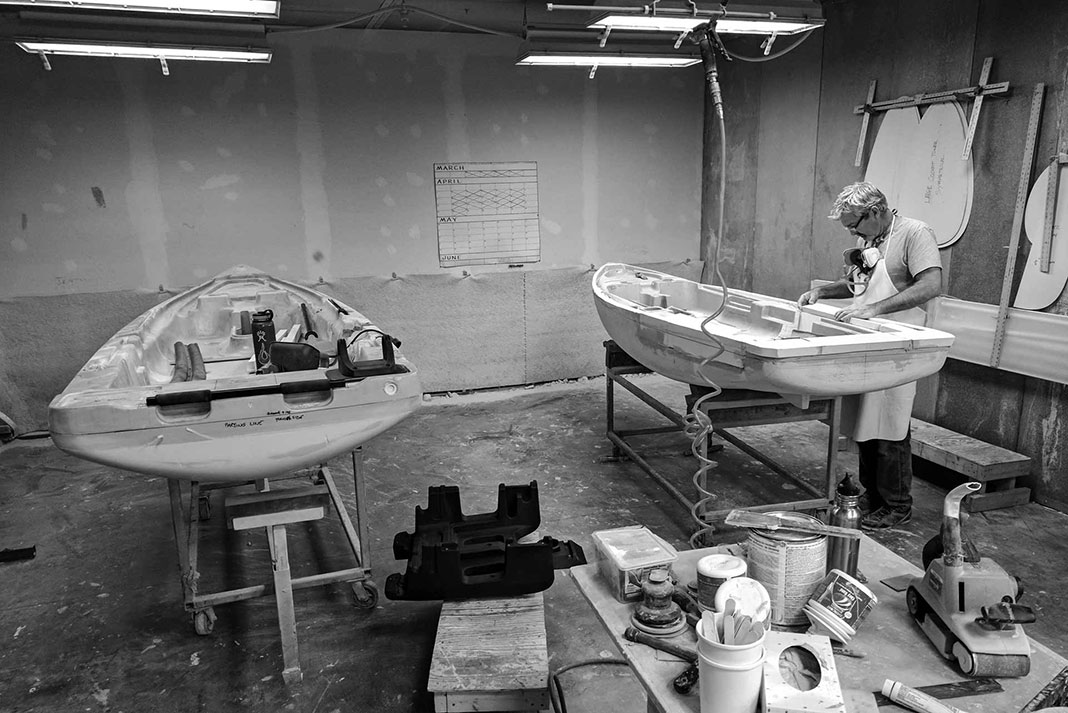
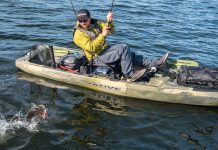
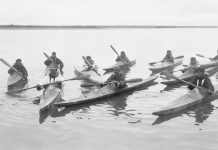
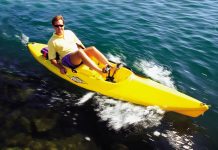
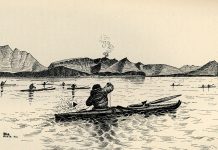


Well this was an interesting one – thanks for sharing! I need to upgrade my kayak game this year for sure…